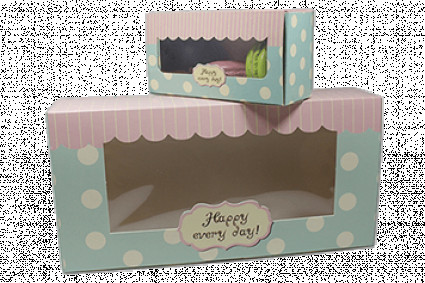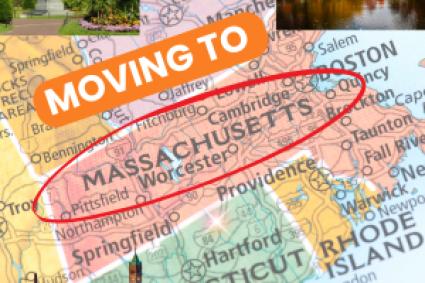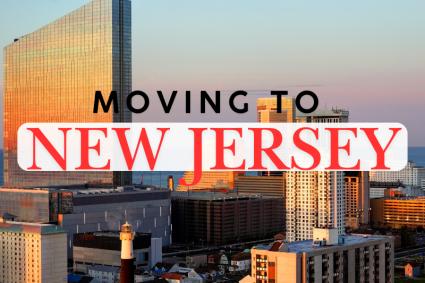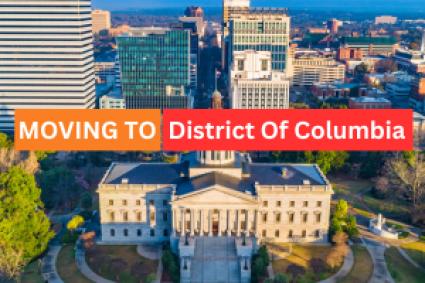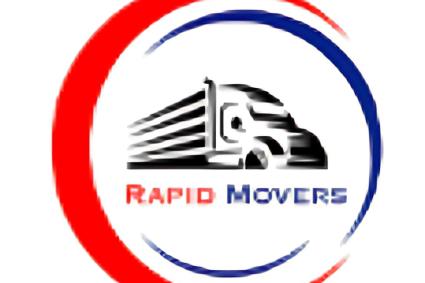
In this guide, we are going to explore what living in Phoenix really means. We're going to talk about housing, transportation, taxes, and everything you can think of to make you confident while moving.
Are you ready? Let's do it.
Why People Are Moving to Phoenix
Phoenix isn't all sun and sand. It's a lively city that's growing fast. Thinking about the reasons?
The Housing Market in Phoenix
Housing in Phoenix can feel like an open buffet—lots of choices. But you’ll want to pick carefully.
Rental Market
Apartments
Many new complexes offer pools, gyms, and shared gathering areas. Depending on the neighborhood, you can spot studios around $1,200 a month, and two-bedroom places ranging from $1,500 to $1,800.
Single-Family Homes
If you want a yard or more privacy, then renting a home might be your thing. In family-friendly areas, a three-bedroom can hover between $1,600 and $2,500.
These numbers remind me of the time I assisted my friend while he looked for rentals online. Quickly, he realized that neighborhoods near downtown were pricey. However, his funds were saved if he'd go a little bit further out.
Buying a House
Median Prices
The price range for a good three-bedroom house is $350,000 to $450,000. Because of the recent price explosion, be sure to budget properly.
Suburban Growth
Places like Chandler or Gilbert offer master-planned communities. Think well-kept landscapes, new schools, and family-friendly vibes.
HOA Fees
Watch out. Many Phoenix neighborhoods have homeowners associations (HOAs). Some are small fees, but others can be bigger. Always ask.
Helpful tip: Check the commute from any home you like. Phoenix freeways can get backed up. Especially during rush hour. Don’t settle for a “dream home” only to find your drive to work is an hour of traffic every morning.
Transportation in Phoenix
If you are reliant on public transportation, Phoenix might drive you nuts. But if you are a driver, you'll feel at home.
Public Transit
• Valley Metro Rail
Covers parts of Phoenix, Tempe, and Mesa. Convenient if you live or work near the tracks.
• Buses
Widespread, but not always frequent in the outer suburbs. Plan ahead.
• Park-and-Ride
Lots where you can leave your car and take the bus or rail. Useful for cutting down on downtown parking woes.
Driving
• Car Culture
The freeways such as I-10, I-17, Loop 101, Loop 202, and SR 51 make a spiderweb around the city.
• Rush Hour
It’s real. Early morning and late afternoon can feel like a slow crawl into the city or suburbs.
• Parking
Suburbs and residential areas often have plenty of parking spots. Downtown garages aren’t too bad either.
Ridesharing and Micromobility
• Ridesharing
Uber and Lyft are everywhere. Great for when you don’t want to drive on scorching days.
• Bike and Scooters
Fun for shorter distances, especially in areas like Downtown Phoenix and Tempe. In summer, though, you might sweat through your clothes in minutes. Trust me, I tried biking in July once. Never again without a giant water bottle.
Taxes and Cost of Living in Phoenix
Budgeting for moving to Phoenix? You’ll want to know the basics.
Income Tax
Arizona’s state income tax is progressive. Rates float between 2.59% and 4.50%, depending on how much you earn.
Sales Tax
Arizona’s base is around 5.6%, but Phoenix adds local rates too. You might see a total of near 8.6% at the register. Kinda like adding a bit more sauce to your takeout bill than you expected.
Property Tax
The property tax rates in Arizona are not as high as those in many other states. Between 0.60 and 0.80 percent of the assessed value of your house will be the range.
Bottom line? You’ll probably save money compared to living in a pricier coastal city. But stay mindful of summer energy bills. Air conditioning costs can jump higher than a desert jackrabbit when it’s 110°F outside.
Pros of Living in Phoenix
Let’s look at some reasons people keep flocking here:
• Sunshine Overload
Over 300 days a year. That’s a lot of sunny mornings.
• Diverse Culture
Art fairs, concerts, sports, you name it. The city doesn’t lack entertainment.
• Outdoor Thrills
Hike Camelback Mountain, explore the Sonoran Desert, or take a day trip to Sedona.
• Solid Job Market
Tech, healthcare, finance—various fields offer steady job growth.
• Affordable (Mostly)
You can often find lower home prices than in major West Coast or East Coast cities.
Cons of Living in Phoenix
No place is perfect. Phoenix has its struggles:
• Extreme Heat
June through August can roast you. Temperatures over 100°F are the norm.
• Car Dependence
Public transport options exist, but driving is still king.
• Monsoons and Dust Storms
Called “haboobs.” They roll in and can make driving a real nightmare.
• Less Shade
It’s the desert, so trees and lush greenery aren’t as common.
• Allergies
Desert plants. Dust. Some newcomers find themselves sneezing a lot more.




